Recent research from the University of Basel in Switzerland suggests that the overall brightness of light holds a significant influence over a person’s “internal clock” compared to its color. This study sheds new light on the effects of light, specifically its brightness, on regulating sleep quality and duration.
Sleeping well is very important, so use our 10 tips for regulating your sleep to help you get the rest you need.
While conventional knowledge underscores the importance of blue light from the sun in regulating the sleep-wake cycle, it’s worth noting that blue light is also emitted by various electronic devices such as smartphones, tablets, and LED screens.
Past studies have highlighted concerns regarding excessive exposure to blue light from these devices, linking it to potential retinal damage, digital eye strain, and disruptions in sleep patterns.
However, a recent study in the journal Nature Human Behaviour indicates that the overall intensity or brightness of light might play a more substantial role in impacting a person’s internal clock than the specific color of the light.
This research marks a significant step forward in understanding how different aspects of light, particularly its brightness, affect our circadian rhythms and sleep cycles, challenging previous assumptions centered solely on the color spectrum of light.
Understanding the connection between light and the circadian rhythm
Light’s primary influence on the human internal clock and sleep is channeled through specialized light-sensitive ganglion cells found in the retina. These ganglion cells are most responsive to short-wavelength light around 490 nanometres.
These ganglion cells are considered a type of photoreceptor and are responsible for detecting light intensity, thereby contributing significantly to regulating the sleep-wake cycle.
In the eye, there are two other kinds of photoreceptors – rods and cones. Rods and cones facilitate the conversion of incoming light into electrical signals, which are then transmitted to the brain, enabling vision.
When light comprises exclusively short wavelengths between 440 to 490 nanometres, individuals perceive it as blue. However, when these wavelengths are combined with others, the perceived color may change, despite the consistent presence of short-wavelength content. This concept was well-established even before their study.
There was a hypothesis that the color of light, determined by cones in the eye, might also impact the internal clock. This was suggested as cone signals additionally contribute to the internal clock’s inputs.
Blue light vs. yellow light – which one is worse for sleep?
A study was conducted involving 16 human participants who were exposed to three types of light: a blueish light, a yellowish light, and a white control light for an hour before bedtime.
The researchers devised these lights to stimulate the color-sensitive cones in the retina in a controlled manner. They ensured that the stimulation of the light-sensitive ganglion cells remained consistent across all three conditions. This controlled setup enabled scientists to isolate specific light properties that might influence the sleep-wake cycle.
They chose to concentrate on blue and yellow light for this study based on previous research in 2019 that observed a stronger impact of yellowish light on the rest-activity cycle of mice compared to blueish light.
There were significant changes in brightness and light color, especially transitioning from orange to blueish or vice versa, occurring around sunrise and sunset, marking the start and end of a day. Alterations along the blue-yellow dimension may hold relevance for the internal biological clock’s functioning.
Upon concluding the study, researchers reported that they found no significant evidence indicating that variations in light color along the blue-yellow spectrum substantially influenced the human circadian rhythm.
Instead, the findings support the consensus from numerous other studies, underscoring the paramount role of light-sensitive ganglion cells in regulating the human internal clock.
Despite the color variations, the research team recommends individuals reduce their exposure to short-wavelength light emitted by smartphones and other technological devices before bedtime due to its potential impact on the circadian rhythm.
Other factors influence the body’s internal clock
Low melanopic light aims to reduce short-wavelength light, potentially facilitating an easier transition to sleep.
However, understanding specific contributors to sleep concerns requires extensive research due to the multifaceted nature of these issues.
Regulating a person’s internal circadian rhythm is a notably complex and difficult task. You may try our 17 strategies for better sleep quality and focus on being consistent about the hours you go to sleep and wake up, but your circadian rhythm will not be regulated immediately.
While there’s a central ‘clock’ regulated by melanopsin cells, primarily sensitive to blue light, other factors like meal timing and exercise can also influence this central clock.
You can improve your sleep by decreasing light exposure before bed
Individuals experiencing sleep difficulties or irregular waking times might consider using blue light-blocking glasses or adjusting phone or screen settings to reduce blue light exposure. Additionally, decreasing overall exposure to bright light before bedtime could potentially improve sleep.
A sufficiently bright yellow light or medium brightness normal lighting has a similar effect to dim blue light after a certain time.
In addition, when engaging in activities that involve visual concentration, the brain remains active, potentially hindering relaxation and sleep induction.
That’s why it’s a good practice to take a break from any light-emitting activities a few hours before attempting to sleep. Allowing yourself time to unwind and letting your brain relax can assist in easing into sleep.
However, difficulty sleeping may involve multiple factors, and consulting a sleep specialist or hygienist could be beneficial before attributing it solely to light exposure.
In conclusion, recent research has cast new light on the influence of light intensity versus light color on our internal clock and sleep-wake cycles.
While conventional wisdom has often emphasized the impact of blue light on regulating sleep, particularly from electronic devices, this study challenges previous assumptions.
The research suggests that the overall brightness or intensity of light might have a more substantial effect on our internal clock than the specific color of the light emitted.
Therefore, a good night’s sleep requires a decreasing of light exposure before going to bed, as well as avoiding activities that keep you concentrated and alert.


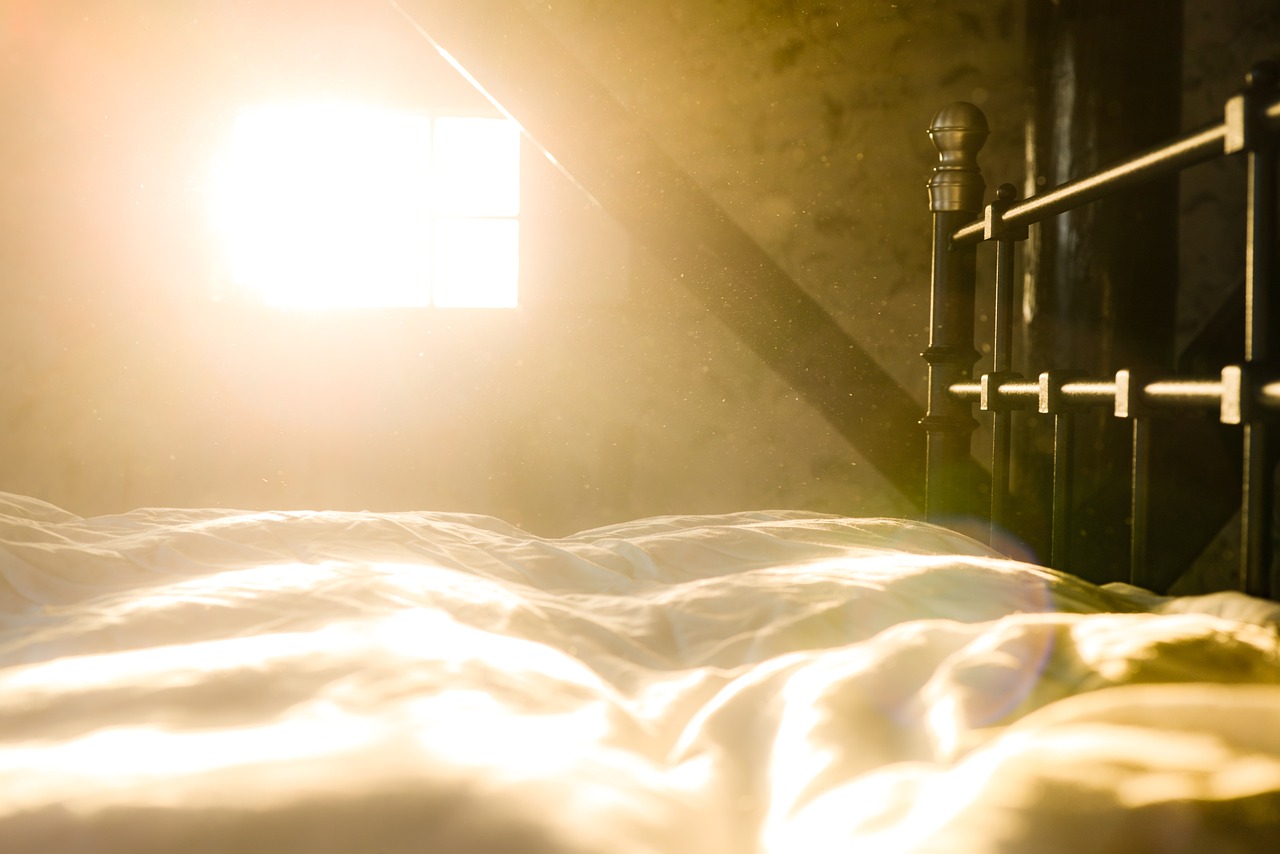
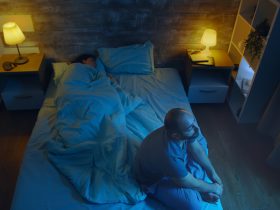






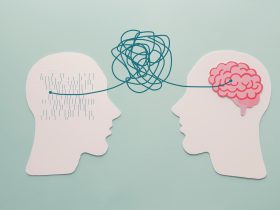


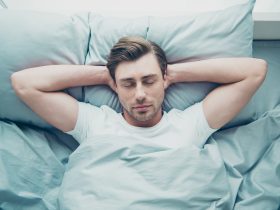
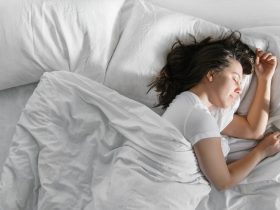
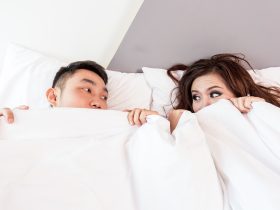
Find Us on Socials